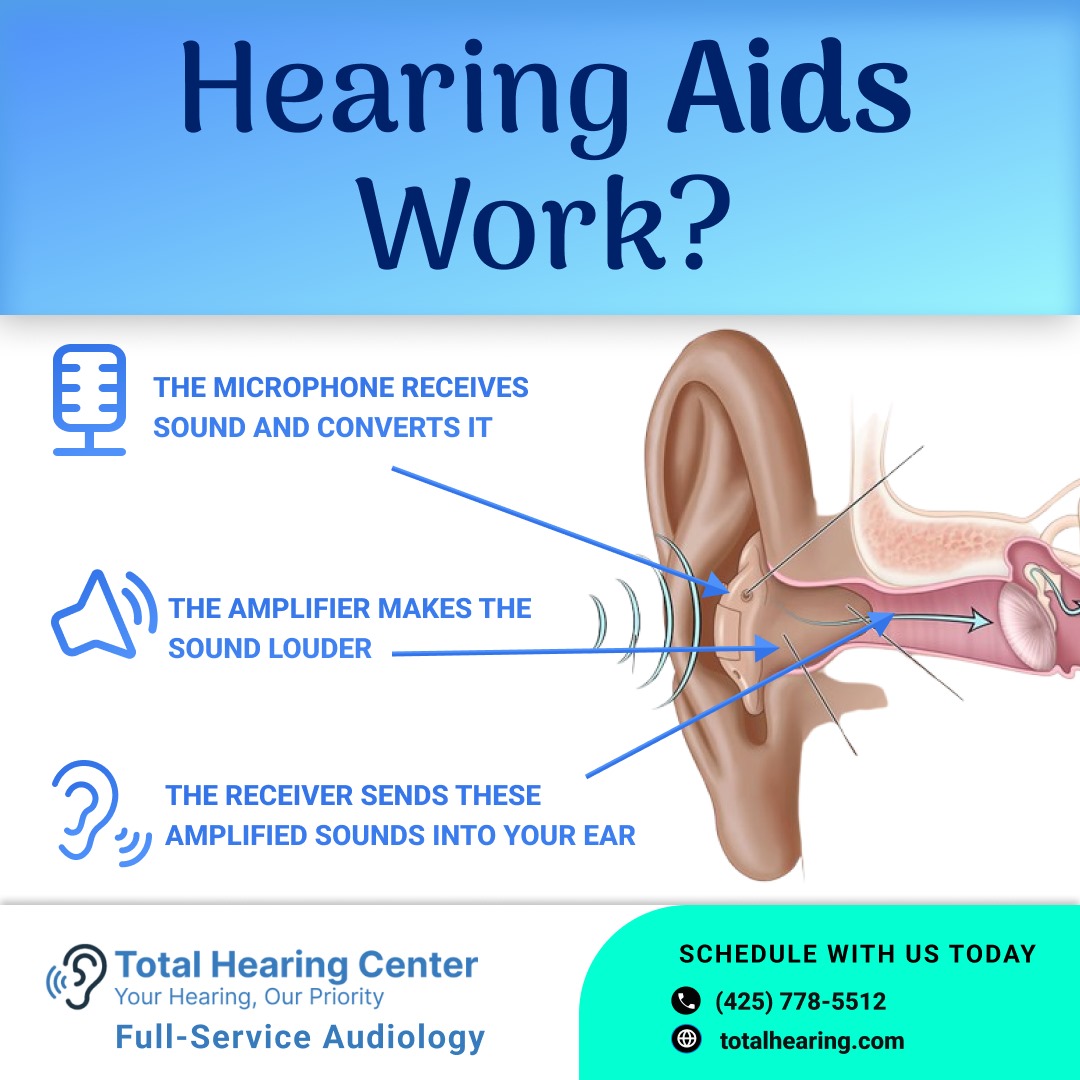Maintaining healthy ears and properly functioning hearing aids is essential for clear hearing and overall ear health. Earwax buildup, hearing aid malfunctions, and damage to hearing devices can all impact your ability to hear comfortably. In this blog, we’ll explore the best earwax treatment methods, reliable hearing aid repair options, and essential hearing aid protection tips to keep your devices in top condition.
Earwax Treatment: Preventing Buildup for Clear Hearing
Earwax (cerumen) is a natural substance that helps protect the ear canal from dirt, bacteria, and infections. However, excessive earwax buildup can cause discomfort, hearing loss, and even impact the performance of hearing aids.
Safe Earwax Removal Methods
- Ear Drops – Over-the-counter solutions help soften earwax for easy removal.
- Irrigation (Ear Flushing) – A safe water-based method used by professionals to clear blockages.
- Microsuction – A professional technique that gently removes wax using a suction device.
- Manual Removal – Done by an audiologist or ENT specialist using specialized tools.
⚠ Avoid using cotton swabs, as they can push earwax deeper into the canal and cause blockages.
Hearing Aid Repair: Fixing Common Issues
Hearing aids are delicate devices that may experience wear and tear over time. If your hearing aid stops working or has reduced performance, professional hearing aid repair services can restore its functionality.
Common Hearing Aid Problems and Fixes
🔹 No Sound or Low Volume – Could be due to a clogged wax filter or dead battery. Cleaning and replacing parts can help.
🔹 Whistling or Feedback Noise – Often caused by improper fit or wax buildup. Adjustments by a hearing specialist can resolve this.
🔹 Intermittent Sound – Loose battery connections or moisture exposure may be the cause. Drying and professional repair may be needed.
🔹 Broken Components – Damaged tubes, microphones, or speakers require professional replacement.
For major malfunctions, a hearing aid repair specialist can diagnose the issue and fix your device efficiently.
Hearing Aid Protection: Keeping Your Device in Top Condition
To extend the lifespan of your hearing aids and maintain their performance, hearing aid protection is key.
Tips for Hearing Aid Care and Protection
✅ Store in a Dry Place – Use a hearing aid dehumidifier to prevent moisture damage.
✅ Clean Regularly – Wipe your hearing aids daily and replace wax guards when necessary.
✅ Handle with Care – Avoid dropping your hearing aids and store them in a protective case.
✅ Check Batteries – Remove batteries when not in use to prevent corrosion.
✅ Schedule Regular Maintenance – Visit a professional for periodic cleaning and checkups.
By following these hearing aid protection tips, you can prevent costly repairs and enjoy better hearing for longer.
Conclusion: Prioritize Ear Health & Hearing Aid Care
Whether you need earwax treatment, hearing aid repair, or hearing aid protection, proper care is essential for maintaining clear hearing. If you're experiencing hearing difficulties or issues with your hearing aids, consult a professional for the best solutions.





Comments